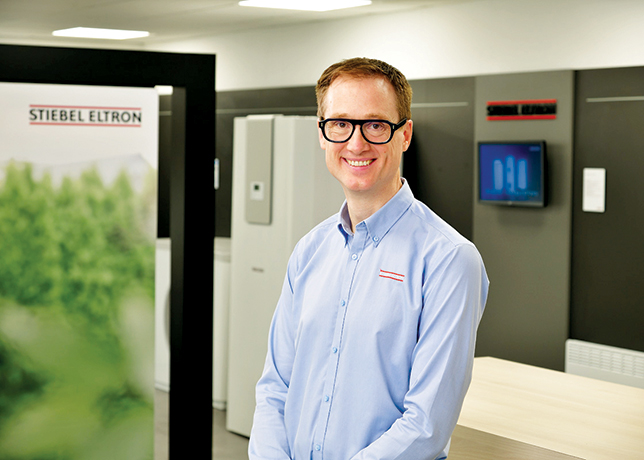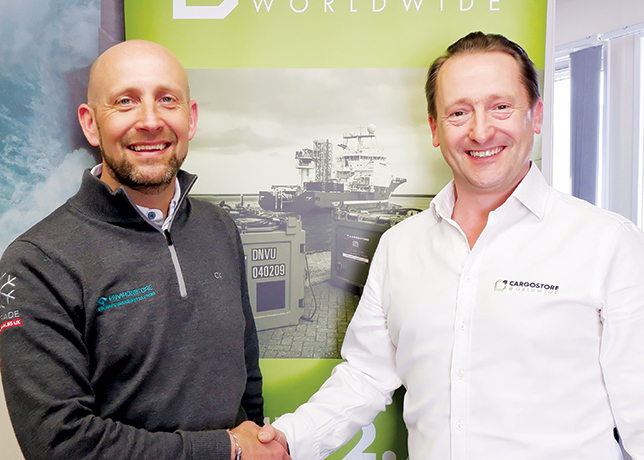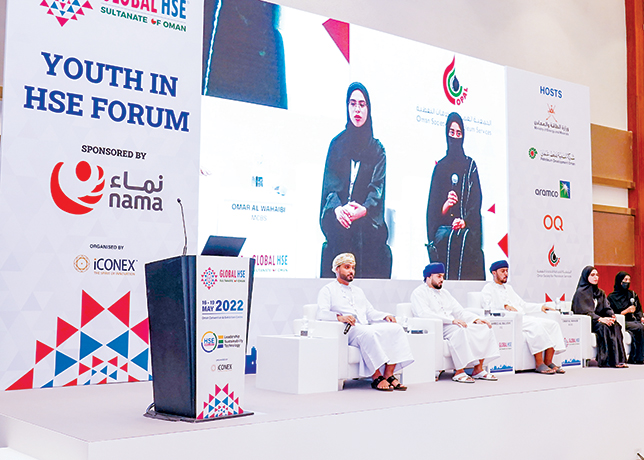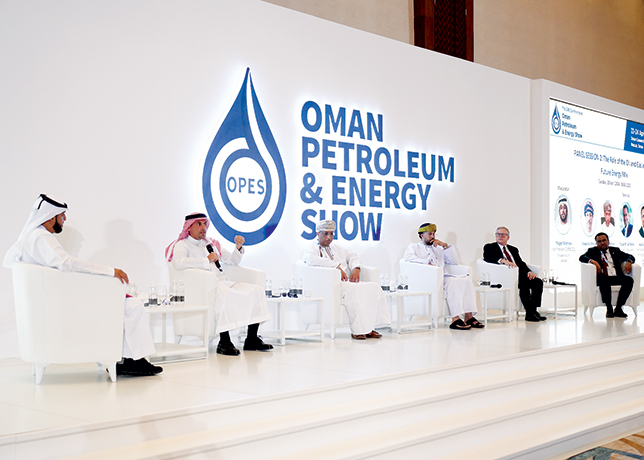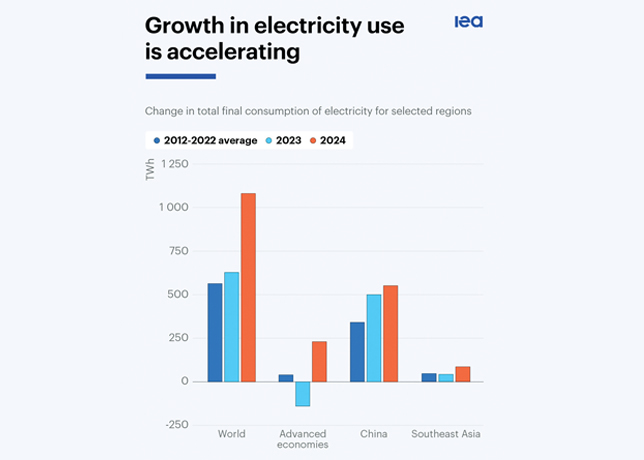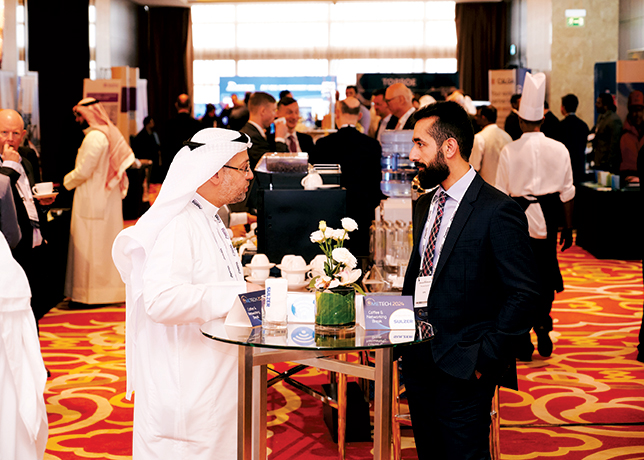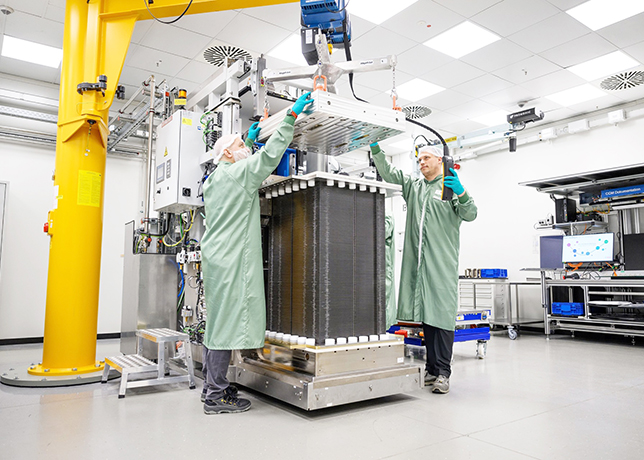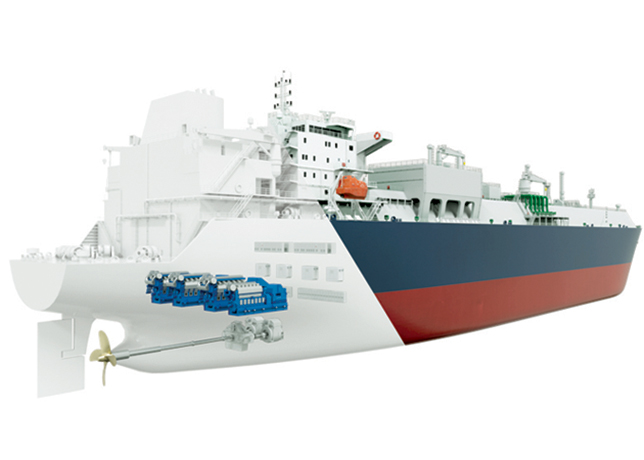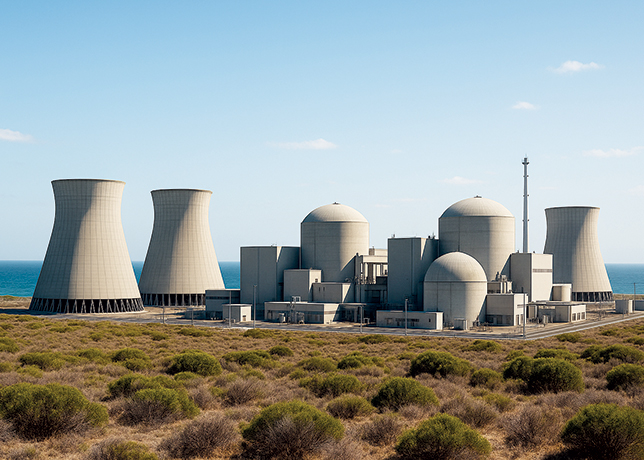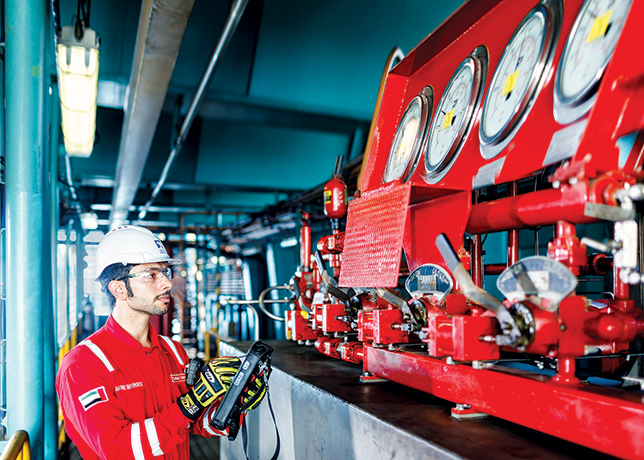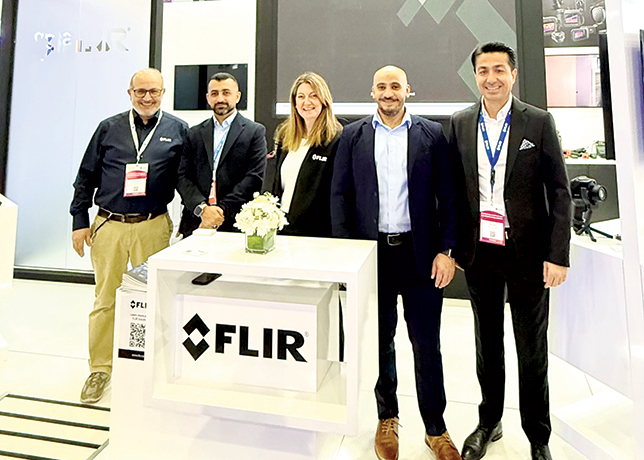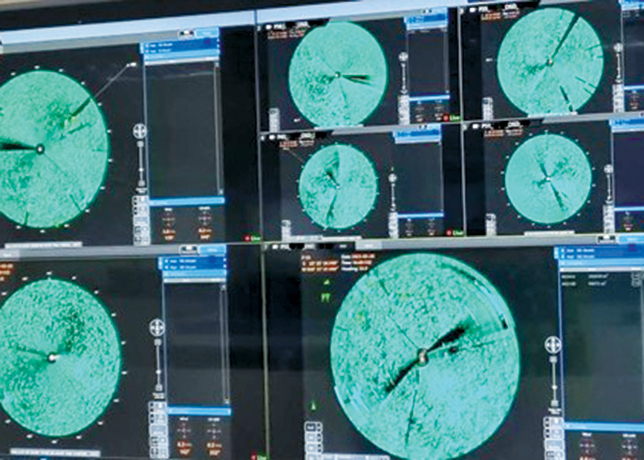
 An Exxon plant ... desulpherisation a top priority
An Exxon plant ... desulpherisation a top priority
ExxonMobil is attempting to slash sulphur content in the expansion and upgrade of the refinery and desulphurisation plant at Port Jérôme – Gravenchon, France.
The $200 million contract was won by the French subsidiary of Foster Wheeler Ltd for all of the front-end-engineering-design (FEED) work at the PJ21 refinery. Design work started in November 2001. The EPC (engineering, procurement and construction) contract was awarded in October 2002 to Foster Wheeler France SA and the new plant will be ready to begin production in the third quarter of 2004.
Efforts to reduce the air pollution levels from the automotive industry have centred around the reduction of sulphur levels, from 1,500ppm (parts per million) for some refiners, to below 10ppm by 2008 in Europe and 30ppm by 2006 in the US and Canada.
ExxonMobil have developed SCANfining (Selective Cat Naphtha hydrofining) and OCTgain technologies to maximise the desulphurisation process.
The adjoining refineries of Port Jérôme and Gravenchon were integrated in 2000 to increase the efficiency of fuel, lube and chemicals refining to produce 230,000 barrels per day (bpd) of crude and 17,000 bpd of lubricant. In April 2001, Exxon-Mobil bought the adjacent polypropylene plant from Basell to further improve the site.
The PJ21 refinery project includes a Gofiner unit, which is a technology that has been designed by ExxonMobil for desulphurising crude oil and converting heavy fractions into light fractions.
The Gofiner unit for catalytic cracking breaks up heavy hydrocarbon molecules into lighter fractions using heat and catalysts.
The various fractions can then be used for different things from a light gas to heavy solids, such as bitumen.
The project also involves the upgrading of the existing fluid catalytic unit to increase auto-fuel and propylene production and the expansion of the sulphur recovery units and associated facilities.
These include monoethanomine treatment, which is a chemical compound for the extraction of hydrogen sulphide and carbon dioxide from gas; a sour water stripper, which is a method of distillation to remove hydrogen sulphide from water; a flare for the controlled burning of combustible waste gases and various off-site facilities.
SCANfining and OCTgain
Refiners are attempting to desulphurise cracked naphtha while minimising octane reduction that often occurs with HDS reactions. There are three main processes to do this:
Intermediate FCC (Fluidised catalytic cracker units) Reforming, which is comparatively low cost and involves catalyst deactivation
FCC Feed Hydrotreating, although this provides considerable benefits in addition to naphtha desulphurisation, it is extremely expensive
Gasoline Desulphurisation, which is done through selective and deep hydrodesulphurisation (HDS)
SCANfining is used for selective HDS and has a high number of product olefins with few reductions in octanes. It was developed by ExxonMobil and Akzo Nobel Catalysts to reduce hydrogen consumption over a low temperature and a low-pressure, fixed-bed reactor.
When the new Exomer process is added to this, the desulphurisation capability is extended further to 10ppm.
The Exomer process has been developed by ExxonMobil and Merichem to extract all carbon mercaptons from the fuel, and provide catalyst stability. The process does not involve the use of a catalytic naphtha splitter, which reduces the capital and operating costs of the motor gasoline (Mogas) desulphurisation unit.
OCTgain technology is used for deep HDS for low olefin products and has a very high octane value. The technology can be used to vary product octane on a day-to-day basis, while keeping almost 100 per cent desulphurisation.
The SCANfining and OCTgain units at Port Jérôme – Gravenchon began operations in 1999 and this year the new plant is scheduled to be ready to take over operations completely.
EU regulations for refineries are tightening and many French companies including British Petroleum France, Mobil Oil Francaise and ExxonMobil are upgrading in anticipation of this.
By 2005 regulations are expected to be extremely stringent and the government will have the power to close down a refinery if it believes they have not been met. Production of “zero-sulphur gasoline” will be required by 2005 and should reach full penetration by 2008.



